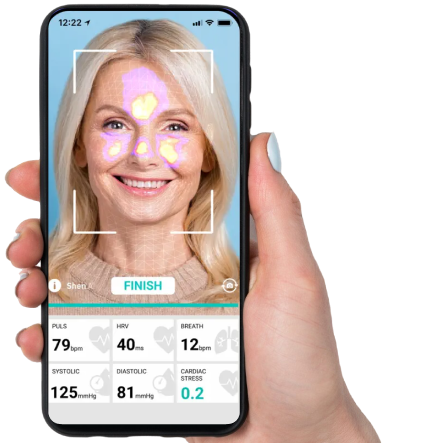Researchers at the University of Pittsburgh are using geckos’ feet to transform how medical professionals track blood pressure. Geckos have thin hairs on their toe pads called setae, which stick to surfaces. As part of his research, Dr Feng Xiong, an associate professor of electrical and computer engineering, is researching gecko feet to improve the power of cuffless 24-hour ambulatory blood pressure monitoring. The National Institutes of Health (NIH) will fund this study for $580,000 over the next three years.
Longitudinal monitoring of blood pressure is difficult. Patients, for example, are likely to be more stressed when inside a doctor’s office, likely creating higher blood pressure readings than normal, which is why 24-hour monitoring is important.
In addition to monitoring variations in blood pressure, cuff-based devices can also diagnose hypertension, but each has its own limitations. While the patient is sleeping, the cuff intermittently inflates and deflates every 15 minutes. Medical specialists must track blood pressure during sleep, but disturbing patients’ sleep can lead to misreadings.
Medical experts could use cuffless blood pressure tracking devices to enhance patients’ sleep and treat hypertension more effectively.
Tonometric sensors will be worn at arterial areas on the neck and ankle by the collaborative team. Tonometric waveforms will be collected by these sensors simultaneously with pulse transit time (PTT), a measurement of how long it takes for the pulse to travel from one arterial area to another. To achieve 24-hour continuous blood pressure monitoring, the researchers plan to integrate high-fidelity arterial tonometry and PTT principles.
A number of innovations will be used by researchers to overcome existing barriers. To enhance the sensitivity and dynamic range of the sensor,they will integrate ionic liquid and microstructures, mimic geckos’ feet on the sensor substrate to improve adhesion, and develop a method for calibrating both diastolic and systolic blood pressure using PTT.
By improving cuffless blood pressure monitor readings, the study hopes to improve hypertension diagnosis, fewer cardiovascular disease deaths, and post-surgery hypotension monitoring.






